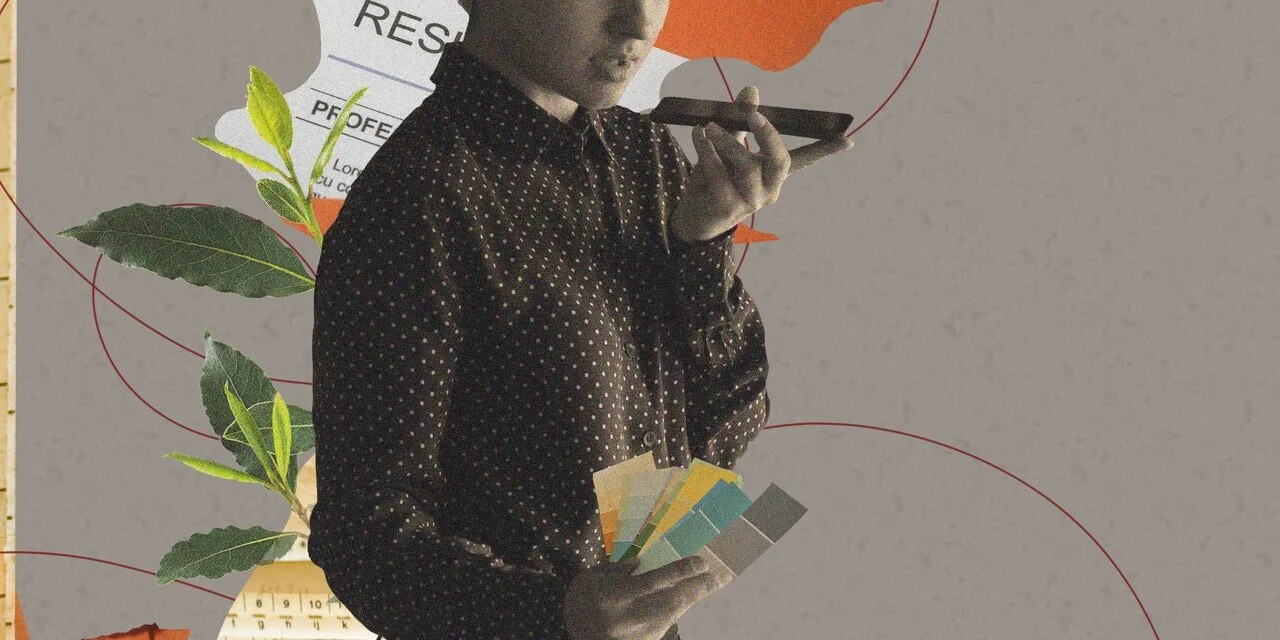The 4 Qualities Your Design Assistant Must Have
Whatever it is, the way you tell your story online can make all the difference.
Original article posted at Architectural Digest by Janet Mercel.
When the topic of how to hire a design assistant comes up, you wouldn’t necessarily assume it’s an emotional discussion. But the more designers speak about the ineffable and intangible qualities required to support their work, the clearer it becomes that instinct is at the heart of the hire, rather than cold, hard skills. Designers agree that the person with whom they spend so much time—virtual or otherwise!—and place so much trust in has to have a level of personal investment—and these key qualities.
A Shared Vision
Of course, when your name is on the door, your motivation may be different than support staff, but the dedication to creating a creative safe space can be shared. Kesha Franklin, founder of New York’s Halden Interiors, sees her assistant and office manager of 10 years, Shaila Mentore, as her true North. “I’m emotional, more attached, and she’s calm, level-headed, pragmatic. She helps me disconnect to look at things in a different way. I was one of five designers who received the 2019 Star on the Rise award from the D&D at the Stars of Design Awards Dinner and it was her I talked about in my whole speech,” Franklin recalls, amused. “I barely mentioned my husband!”
A Similar Aesthetic
Raili Clasen feels similarly about the team at her eponymous Newport, California, firm, Raili Ca Design. “When I was naming the business, I used my name,” she says. “But if I had to do it again I’d call it something else! It’s not me, it’s us.” Clasen recognizes that speaking the same aesthetic language is most important: “The first thing I look at is their style. I see their work or mood; it’s a very quick yes or no. The worst thing is when someone makes it clear they just need a job, instead of saying, ‘I want to work for your firm, and here’s why.’”
That decisiveness is important, when, at the junior level, assistants are likely showing a portfolio that is largely attributable to their most recent firm. “I give a small, 15-minute test to take home, usually [it’s to] spec a kid’s room…. My team has a lot of autonomy and it helps if we share a vision to start.”
A Diversity of Skills
Principal of design studio 16 x 9 Henry Gao is an architect, draftsman, illustrator, and interiors photographer, and prefers the firm’s assistants to be similarly diverse in responsibility—and location. “It’s hard to find that one person, that exact thing I’m looking for. There are really talented people all over the world. I don’t want to be limited to my own city,” he explains. “I’m the overarching creative director to my outsourced team, but for that 10% of tasks that can’t be taught, I choose whomever is optimum for the project at hand. Plus,” he adds, “different time zones are great! It’s nice to wake up and the work is done.”
Balancing her own multidisciplinary skillset, Marissa Zajack, of Marissa Zajack Creative in Los Angeles, is drawn to a wide range of creative and logistical strengths. She, herself, shifted to interior, textile, and wallpaper design from a prior career in visual media. “Coming from the world of film, there’s a very high expectation of the ability and enthusiasm people bring to each project,” she says. “You move from show to show and bring 110% every time.”
Technical Competence—and Creativity
“Someone who’s not afraid to pitch ideas, who gets inspired for each environment, from fashion, movies, anywhere. My full-time design assistant is my eyes and ears on the ground. Also,” Zajack points out, “the creative suite is very important to me because I don’t have a traditional design background…. I need someone to be part of the creative process. Plus,” she adds, “extremely organized.”
Still, as Franklin echoes, “It’s not just about PowerPoint and CAD and Webware—those are things you can teach. I need someone invested in me and my business. For me, it’s a two-way street.”

